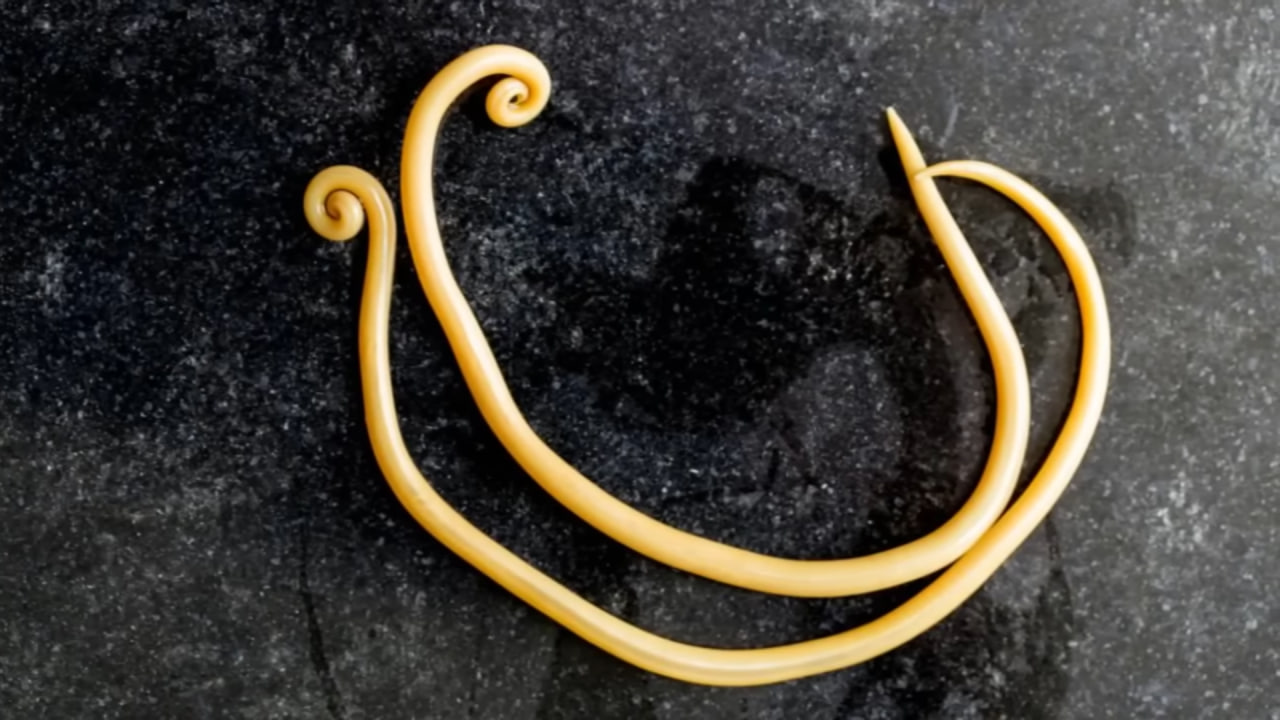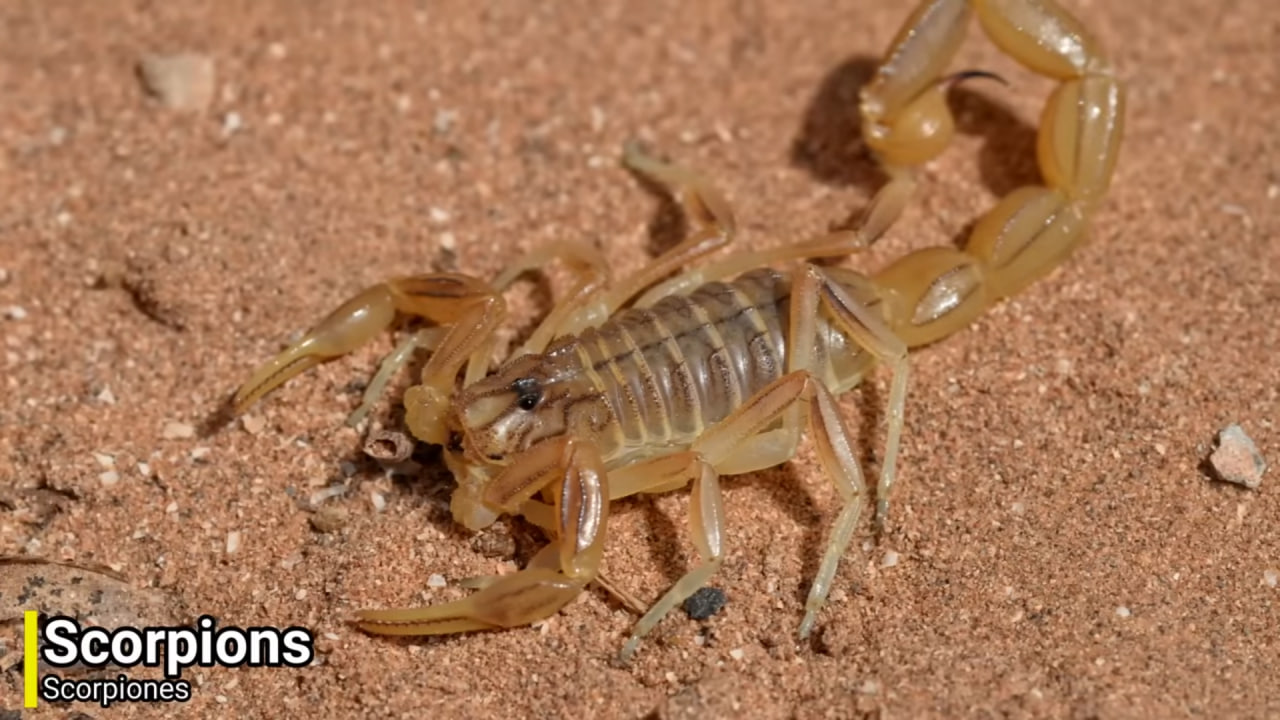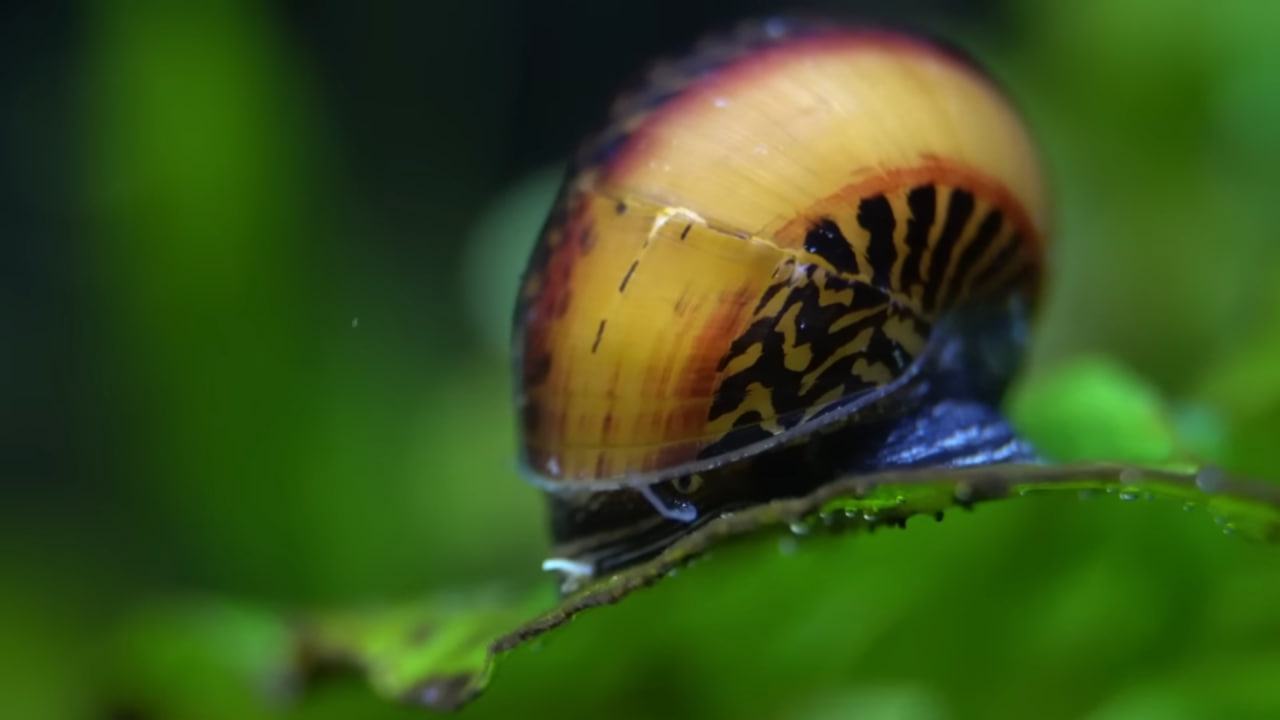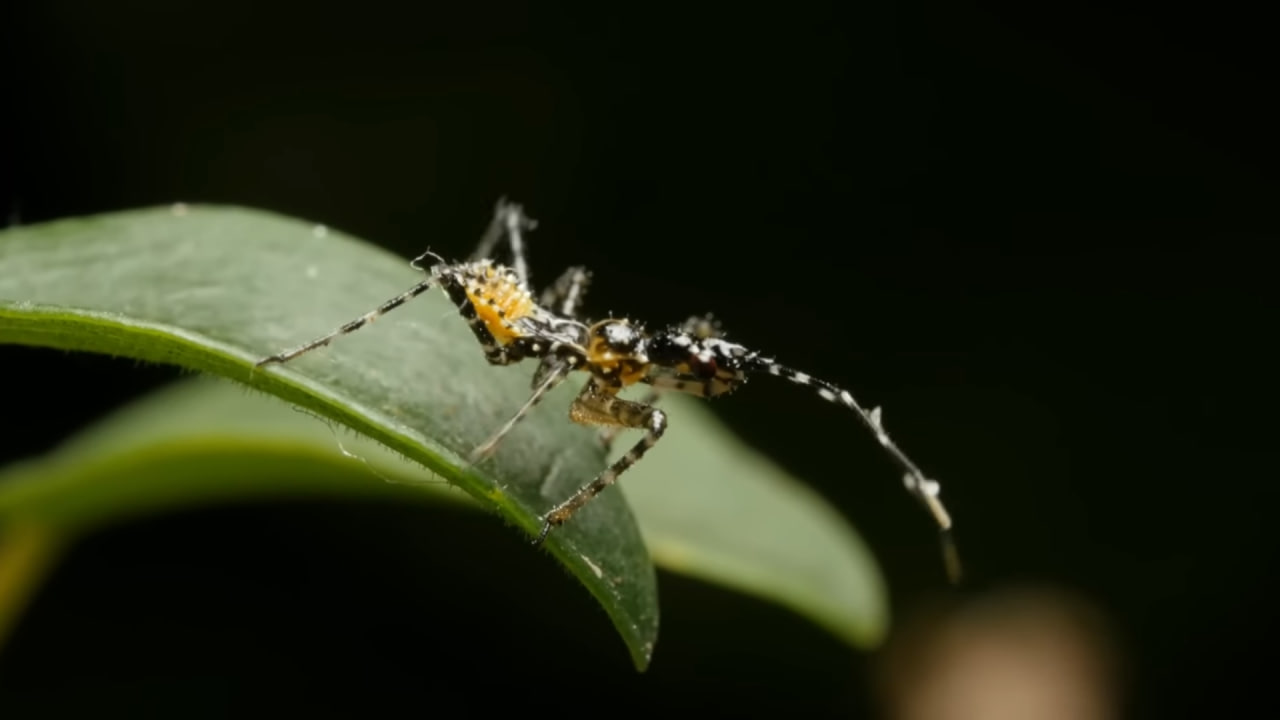If you were to try and imagine some of the deadliest animals on this planet, you might think of apex predators such as big cats, sharks, and crocodilians.
Although these creatures are very impressive predators and kill a lot of prey animals, they kill a relatively small amount of humans. In most cases, the deadliest animals to humans are small inconspicuous insects and animals that we come across in our day-to-day lives.
#10: Tapeworms
Tapeworms are a group of parasitic worms, and these worms infect a wide range of animals.
These tapeworms, of course, start off very small, but they grow inside their host and can reach a maximum size of around 25 meters. There are quite a few ways in which a tapeworm can enter your body, but poor sanitation and uncooked meat are some of the more common ways to get an infection.

Some of the symptoms of a tapeworm infection include nausea, weakness, diarrhea, and abdominal pain. If left untreated, a tapeworm infection can become deadly. Although most tapeworms will live in your intestines, they can migrate to other parts of the body. They can cause damage to the liver, eyes, heart, and brain, and these infections can be life-threatening.
It’s thought that tapeworms are responsible for around 2,000 human deaths each year, and that puts them at a solid number 10 on this list.
Dowload interesting animal sound for your ringtone: ringtonesonic.com
#9 Ascaris roundworms
Ascaris is a genus of parasitic nematode worms, and these worms sometimes go by the name of small intestinal roundworms. Each member in this genus ranges in size and deadliness, and different worms target different species.

One species typically infects pigs, and one likes to target humans. To get infected with this worm, you first have to eat their eggs, and this can happen when hands or fingers are contaminated with dirt and then are put in the mouth.
One species of roundworm in the Ascaris genus is known to cause ascariasis in humans, and this is a potentially fatal disease. At first, you may experience symptoms such as abdominal pain, bloating, and nausea, but if left untreated, it can cause internal bleeding and even sudden death.
#8 Scorpions
Scorpions are a very iconic group of arthropods, and their evolutionary history dates back 435 million years. They are mostly found in deserts, but they have adapted to a wide range of environmental conditions and climates. However, they are absent from large parts of the northern hemisphere.

There are around 2500 species of scorpion alive today, and these species are split into 22 different families. For the most part, scorpions feed on insects and other invertebrates, but some of the larger, more impressive species will hunt larger vertebrates.
Scorpions will not go out of their way to attack humans, and the vast majority of stings are defensive stings. As scorpions are often masters of camouflage, it can be very easy to accidentally step or sit on one. If you do this, the scorpion will almost certainly sting you, and some of these stings can be fatal. There’s usually quite a simple trick to see how deadly a scorpion is, and that’s by looking at the size of their pincers. If they have very large pincers, they usually have a very weak sting. If they have very small pincers, they usually have a very deadly sting. This is because if they have a very toxic venom, they rarely need to use their pincers, whereas scorpions that have a very mild venom have to rely on their pincers more often.

Some of the more deadly species of scorpion are the deathstalker and the Arabian fat-tailed scorpion. These scorpions have been responsible for quite a few fatalities over the years. Despite this, most scorpion stings are not life-threatening, and scorpions are responsible for around 3250 human deaths each year. This puts them at number 8 on this list.
#7 freshwater snails
They can be found in a wide range of habitats from large lakes to fast-moving rivers, and freshwater snails are quite popular in the aquarium trade. These snails aren’t a danger to humans directly, as most species feed on algae or detritus. However, these seemingly harmless gastropods are responsible for a significant number of human deaths each year, and this is because they’re carriers of a parasitic disease.

Schistosomiasis is a disease caused by parasitic worms, and freshwater snails are known to transmit these worms. Bilharzia infects 250 million people worldwide, mainly in Asia, Africa, and South America. Humans can get infected when they come into contact with contaminated water, which can be any freshwater source that the snails have been in.
The long-term effects of bilharzia are liver damage, kidney failure, infertility, and bladder cancer. But of course, not all bilharzia infections are caused by freshwater snails. It’s thought that freshwater snails are responsible for at least 10,000 human deaths each year, which places them at number 7 on this list.
#6 The assassin bugs
Assassin bugs are called so because they are very impressive ambush predators, but not all of them feed in the same way. Assassin bug doesn’t refer to one species, but instead, it refers to a large cosmopolitan family.

These bugs usually wait for their prey to come to them, and then it will impale its prey with its rostrum. It will then inject its venom-laced saliva, and this both paralyzes the victim and liquefies their internal organs. Most assassin bugs pose no threat to humans, but some species are blood feeders.
If you are bitten by one of the blood-sucking assassin bugs, complications can arise that lead to Chagas disease. Chagas disease is a tropical parasitic disease, and it is most commonly spread by assassin bugs. The early stage symptoms are often very mild, but up to 45 percent of people with chronic infections develop heart disease 10 to 30 years after the initial illness.
This can eventually lead to heart failure, and this disease claims the lives of thousands of people each year. It’s thought that assassin bugs are responsible for at least 11,000 human deaths each year, which puts them at number 6 on this list.
Tapeworm images: FWC Fish and Wildlife Research Institute https://www.flickr.com/photos/myfwc/ (CC BY-NC-ND 2.0)
Ascaris worm images: National Museum of Health and Medicine https://www.flickr.com/photos/medical… (CC BY 2.0)
Scorpion images: Alexandre Roux https://www.flickr.com/photos/3014227… (CC BY-NC-ND 2.0)







